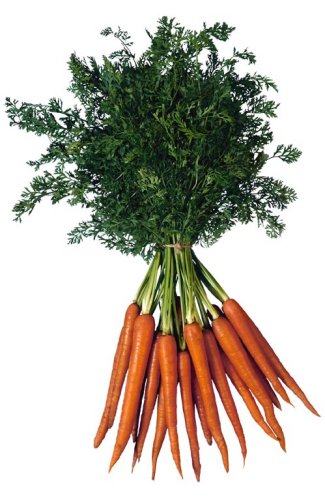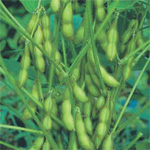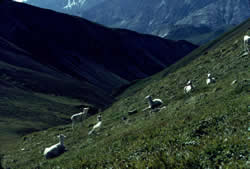
Site author Richard Steane
The BioTopics website gives access to interactive resource material, developed to support the
learning and teaching of Biology at a variety of levels.

Site author Richard Steane
|
The BioTopics website gives access to interactive resource material, developed to support the
learning and teaching of Biology at a variety of levels.
|
|

Some themes that have been suggested include: | ||
 |
meat versus wheat, |

|
 |
rabbits vs carrots, |
 |
![This beef comes from Black Angus and Belgian Blue, fed only the finest quality corn and soy bean meal [see opposite] through out their life and put on full feed the last 120 plus days!](pics/beefmeal01.jpg) |
beef vs beans, |
 |
 |
chicken vs corn etc |  |

 Sheep vs grass could be considered as a different theme, since humans do not eat grass, and (some varieties of) sheep can survive and grow on very poor land - mostly upland areas - which is unsuitable for crop production. But some sheep are still fed on lowland grass and concentrated food from other vegetable sources.
Sheep vs grass could be considered as a different theme, since humans do not eat grass, and (some varieties of) sheep can survive and grow on very poor land - mostly upland areas - which is unsuitable for crop production. But some sheep are still fed on lowland grass and concentrated food from other vegetable sources.
take in only some of the light energy shining on them - perhaps only 1%
Loss is due to:
| Advantages | Disadvantages |
| of this trophic level | |
| > Light supply is fairly reliable | > Relies on sun+water+soil etc |
| > Life style requires little energy | > Consumers take some productivity |
Cellulose (main polysaccharide carbohydrate - plant cell walls) is difficult to digest
Loss is due to:
| Advantages | Disadvantages |
| of this trophic level | |
| > Large amount of plant food material usually available | > Takes long time to digest food |
| > Takes long time (all day?) to collect food So :Vulnerable to predators | |
| > Easy to find plant material for grazing/browsing | > Cellulose wears away teeth |
| > Food plants availability may change with seasons | |
Animals' flesh (high in protein) is easy to digest
Loss is due to:
| Advantages | Disadvantages |
| of this trophic level | |
| > Takes short time to digest protein | > Time taken to hunt for prey may not be successful: prey animals may escape! |
| > Prey availability may change with seasons | |
| > Well maintained teeth, claws etc essential | |